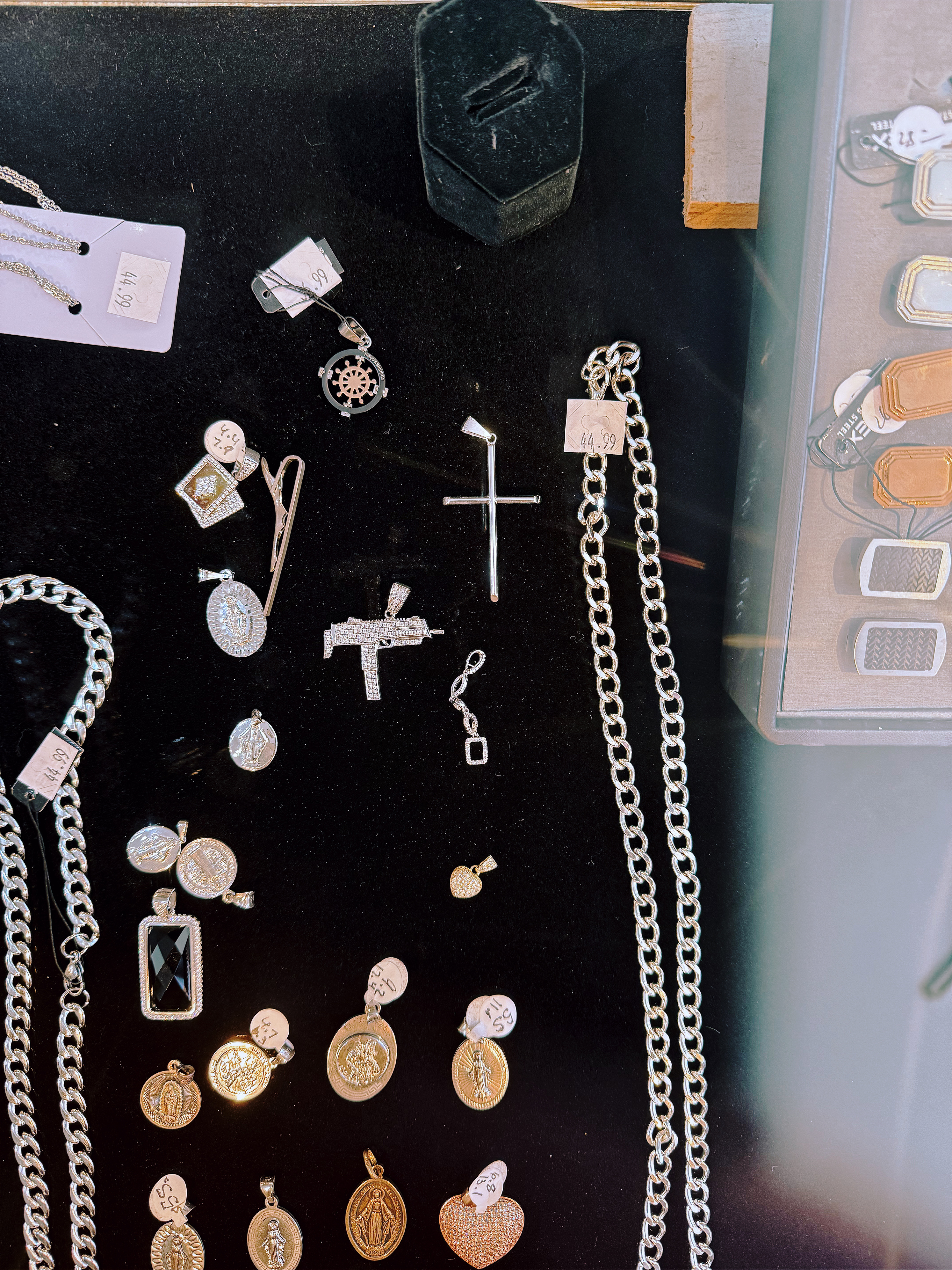Blogging Again, Again
Back to the Blog, from Dan Cohen:
There has been a recent movement to “re-decentralize” the web, returning our activities to sites like this one. I am unsurprisingly sympathetic to this as an idealist, and this post is my commitment to renew that ideal. I plan to write more here from now on. However, I’m also a pragmatist, and I feel the re-decentralizers have underestimated what they are up against, which is partially about technology but mostly about human nature.
I’ve already mentioned the relative ease and short amount of time it takes to express oneself on centralized services. People are chronically stretched, and building and maintaining a site, and writing at greater length than one or two sentences seems like real work. When I started this site, I didn’t have two kids and two dogs and a rather busy administrative job. Overestimating the time regular people have to futz with technology was the downfall of desktop linux, and a key reason many people use Facebook as their main outlet for expression rather a personal site.
Two problems here which do need solving. One, it’s still far too difficult to publish a post on a self-hosted website. And two, there is a lack of innovative tools which could better connect all of these decentralized websites.
The first problem is actually hundreds of problems at once; a different set of problems for every single CMS. The second problem only needs some love and attention. I believe the answer is in newsreaders and new creative ways of using RSS. Self-owned data and content, but new ways to read blogs in centralized locations.
